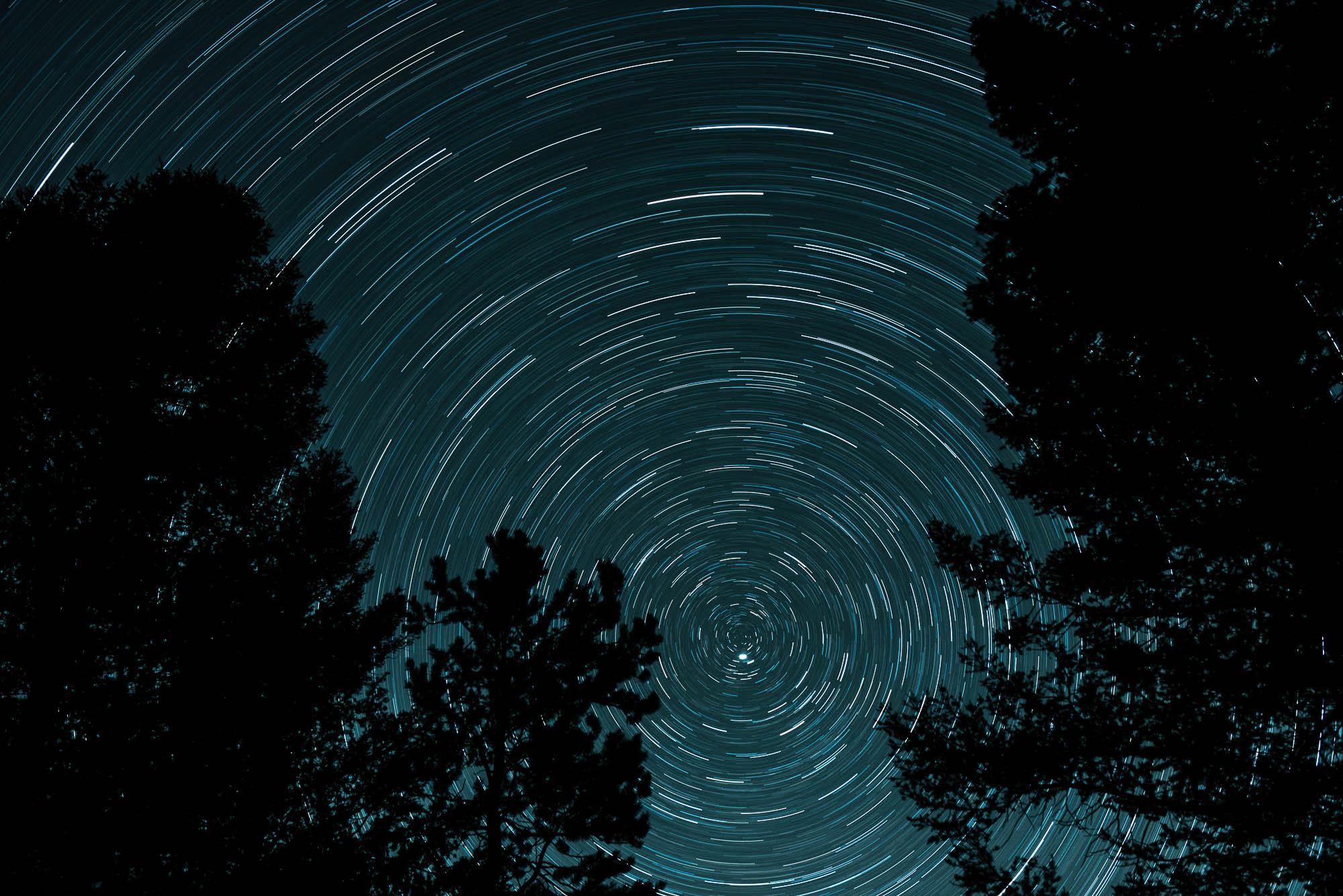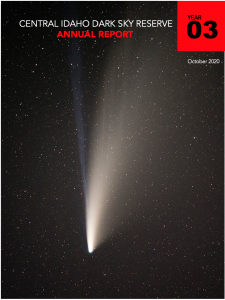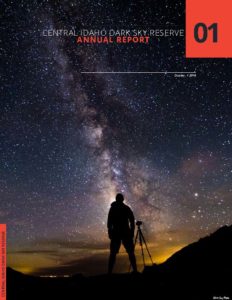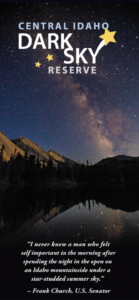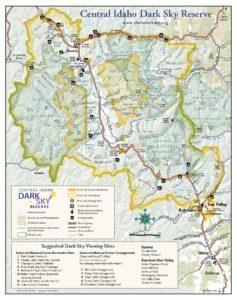Welcome to the Central Idaho Dark Sky Reserve
Here in the heart of central Idaho, we celebrate our pristine night sky as an essential part of our heritage and a treasure to be preserved into the future both for our own children and for subsequent generations. Across the country, more than 80% of the population resides in cities and urban areas where light pollution obscures their view of the stars. Research shows the Milky Way is not visible to more than one-third of the world’s population.
The Central Idaho Dark Sky Reserve is a treasured resource for local residents and for all Idahoans and visitors from across the world that come to experience the wonder of the starry night sky. The Reserve is the result of a collective commitment by communities, public land managers, and private landowners to support the dark sky experience
Whether you use your eyes, binoculars, or a telescope, you will find it is truly humbling to view the Milky Way, planets, meteors, comets, and even deep sky objects.
